Picture this: you’re sitting in a laboratory at 3 AM, watching breakthrough research unfold before your eyes. The scientist leading this revolutionary work happens to be a woman, but statistically speaking, she’s fighting against odds that would make any reasonable person reconsider their career path. This isn’t just about fairness—it’s about the discoveries we’re losing, the innovations that never see the light of day, and the patients who suffer because half of humanity’s brainpower isn’t being fully utilized in one of our most critical industries.
The biotech industry sits at the intersection of human hope and scientific possibility, yet it’s plagued by the same gender biases that have haunted scientific fields for centuries. All seven Nobel Prize laureates in science in 2024 were men, reflecting the larger problem of gender bias in the sciences. This isn’t just a numbers game—it’s a fundamental issue that’s literally costing lives and limiting the potential of biotechnology to solve humanity’s most pressing health challenges.
The Invisible Barriers Women Face in Biotech

The statistics are staggering, but the human stories behind them are even more powerful. Women are significantly underrepresented in leadership roles in biotech, with less than 6% as biotech CEOs and only 14% as board members. Think about that for a moment—in an industry where women make up nearly half of the workforce, they’re essentially invisible at the top levels where critical decisions get made about which research gets funded, which drugs get developed, and which health conditions receive attention. On average, women account for 47% of total employees at member companies according to BIO’s Right Mix Matters report. While this overall data on gender representation seems to suggest the industry is approaching parity, a deeper look reveals that women become scarcer in the upper ranks. It’s like having a pyramid where the foundation is solid, but somehow the top keeps crumbling away—and with it, the perspectives and innovations that could change everything.
The Pipeline Myth: Why “Just Wait” Isn’t Working

You’ve probably heard the argument before: “Don’t worry, it’s just a pipeline problem. Give it time.” But here’s the thing—time isn’t fixing this issue. It is not a pipeline problem—it is a systemic one, Endpoint News reported in its analysis of the study. Among 337 people in 14 of MIT’s science and engineering departments, including 73 women, 263 companies were created with help from MIT faculty. Yet women accounted for just 9% (24) of all startup company founders. These numbers fly in the face of the fact that MIT’s biology department (as one example) produced more female graduates than male graduates. This is like having a river that’s flowing full of water upstream but somehow turns into a trickle by the time it reaches the ocean. The problem isn’t at the source—it’s somewhere along the journey where talented women are being diverted, discouraged, or blocked from reaching their full potential.
The Confidence Gap: How Stereotypes Shape Scientific Careers
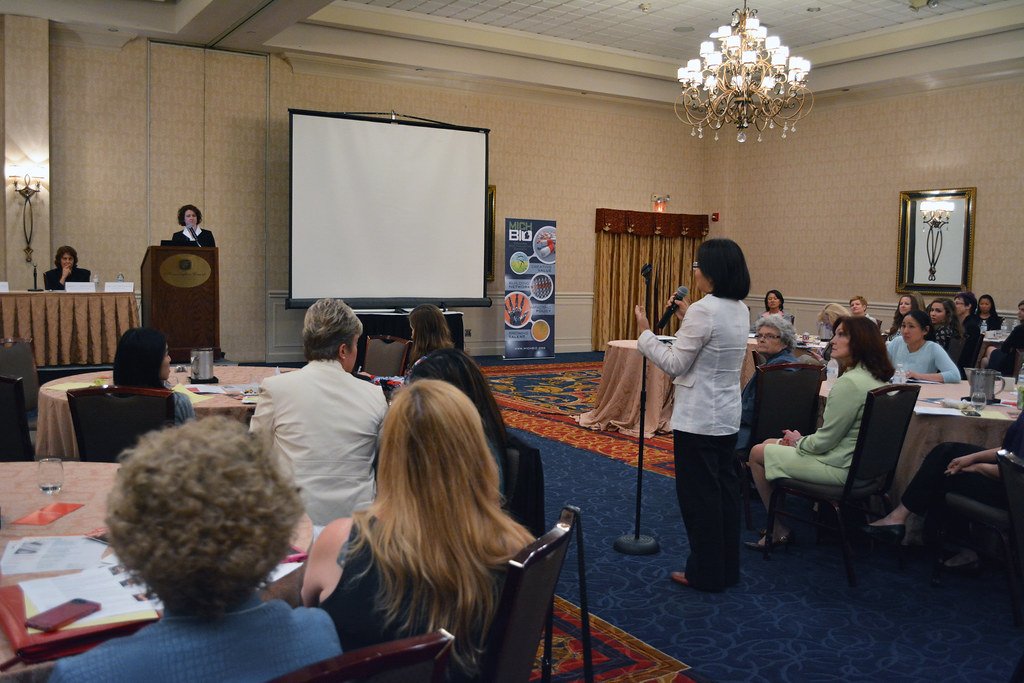
The above study points to a confidence gap that can start as early as elementary school. Stereotypes about women’s ability to succeed in STEM drive many women away from majors seen as more technical or challenging. This isn’t about actual ability—it’s about perception, and perception becomes reality in the most damaging way possible. STEM fields are often viewed as masculine, and teachers and parents often underestimate girls’ math abilities starting as early as preschool. Imagine being a brilliant young woman who’s constantly told, directly or indirectly, that her brain isn’t wired for the very thing she’s passionate about. It’s psychological warfare disguised as education.
The Innovation Penalty: What Happens When We Lose Women’s Perspectives

When women are pushed out of biotech, we don’t just lose individual careers—we lose entire categories of innovation. According to the report, at least 40 fewer companies have been created at MIT alone due to poor gender representation in biotech. Spread those figures across the academic spectrum and that equals thousands of companies that never got to see the light of day, and therefore untold numbers of innovations, inventions, vaccines, and developments across the medical, agricultural, and industrial sectors. Underrepresentation holds society back in a real way. Think about the breakthrough cancer treatment that was never developed because the woman who would have invented it switched to a “safer” career path. Consider the vaccine that could have prevented the next pandemic, designed by a brilliant female scientist who was driven out of the field by hostile work environments. These aren’t hypothetical losses—they’re the real cost of bias.
The Financial Burden: How Gender Bias Costs Everyone
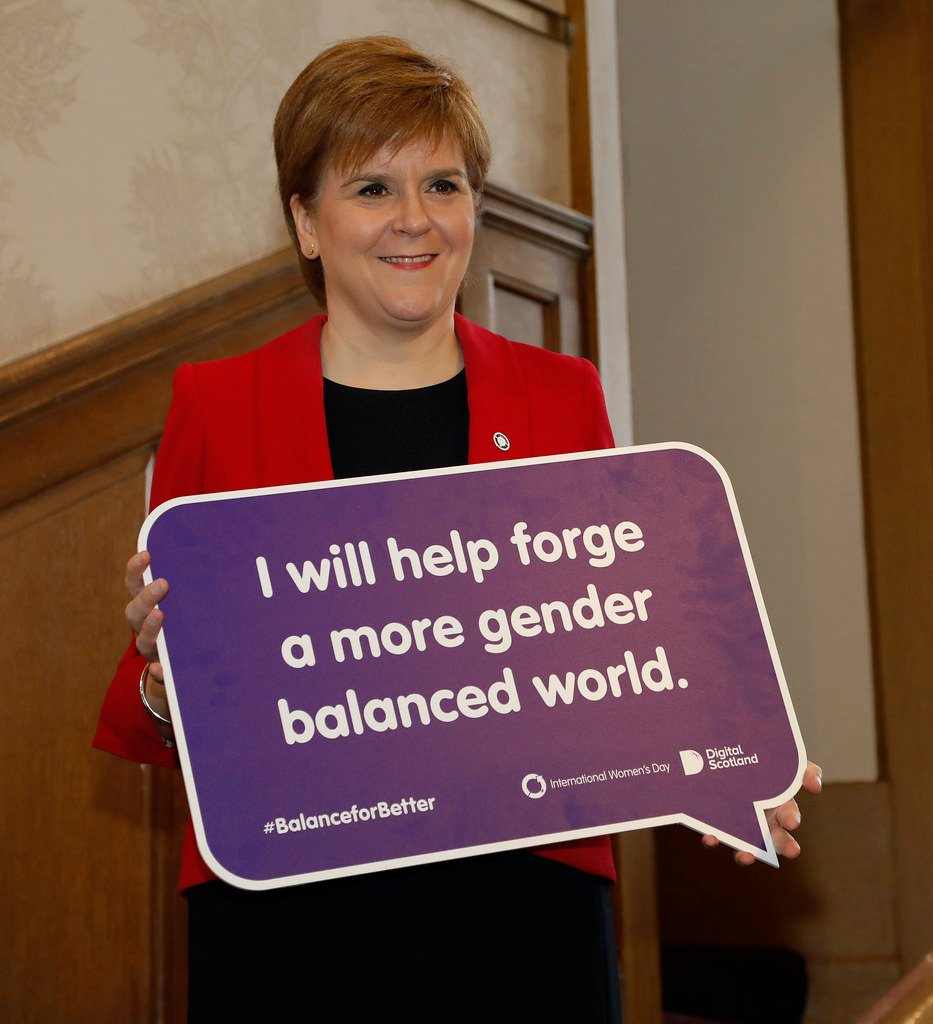
A paper published by the Pew Research Center concluded that, in STEM fields, men earn 40% more than women. This significant gap in earnings between women and men in the STEM field leads to significant differences in the ability of women and men to pay off debts incurred as part of their undergraduate and graduate education and to establish a solid financial footing as they move through their peak earnings years and into retirement. But it’s not just about individual financial hardship—it’s about the broader economic impact. A 2024 report from the World Economic Forum in collaboration with the McKinsey Health Institute determined that closing investment gaps in women’s healthcare could boost the global economy $1 trillion annually by 2040, demonstrating the vast economic potential of equitable healthcare funding. We’re literally leaving money on the table because we can’t see past our own biases.
The Patent Problem: How Intellectual Property Perpetuates Inequality

Research has long shown that fewer patents are awarded to women than to men. Now a new study suggests that bias is fueling disparities in biomedical innovation as well. Patents are the currency of innovation in biotech—they represent not just recognition, but the financial foundation for turning scientific discoveries into life-saving treatments. When women are systematically denied this recognition, it creates a vicious cycle where their contributions are minimized, their funding opportunities shrink, and their ability to lead future research diminishes. It’s like being forced to play a game where the rules keep changing, but only for half the players.
The Clinical Trial Gap: When “One Size Fits All” Doesn’t Fit Women

Experts say women are underrepresented in clinical trials for new medications. They say this sometimes results in women having more side effects to drugs due to incorrect dosages or biological differences. This isn’t just unfair—it’s dangerous. Women are actually well represented in the later stage trials, those known as Phase 3 studies. However, the dosing regimens used in later stage studies are based on the pharmacokinetic data collected in the early trials, where women continue to be underrepresented. It’s like designing a car based on the measurements of only half the population and then wondering why the other half keeps getting injured in accidents.
The Workplace Culture Problem: When Brilliant Minds Don’t Feel Welcome

In addition to being underrepresented, female leaders are leaving companies at higher rates, according to a recent report by McKinsey and Lean In. The survey of more than 400,000 people over seven years found women are more likely to face resistance and microaggressions, such as someone questioning their judgment, as they try to advance. Picture walking into a meeting where your expertise is constantly questioned, your ideas are dismissed, and your contributions are overlooked. Now imagine doing that every single day for your entire career. It’s exhausting, demoralizing, and ultimately unsustainable. Because fewer women study and work in STEM, these fields tend to perpetuate inflexible, exclusionary, male-dominated cultures that are not supportive of or attractive to women and minorities.
The Motherhood Penalty: How Biology Becomes a Career Killer
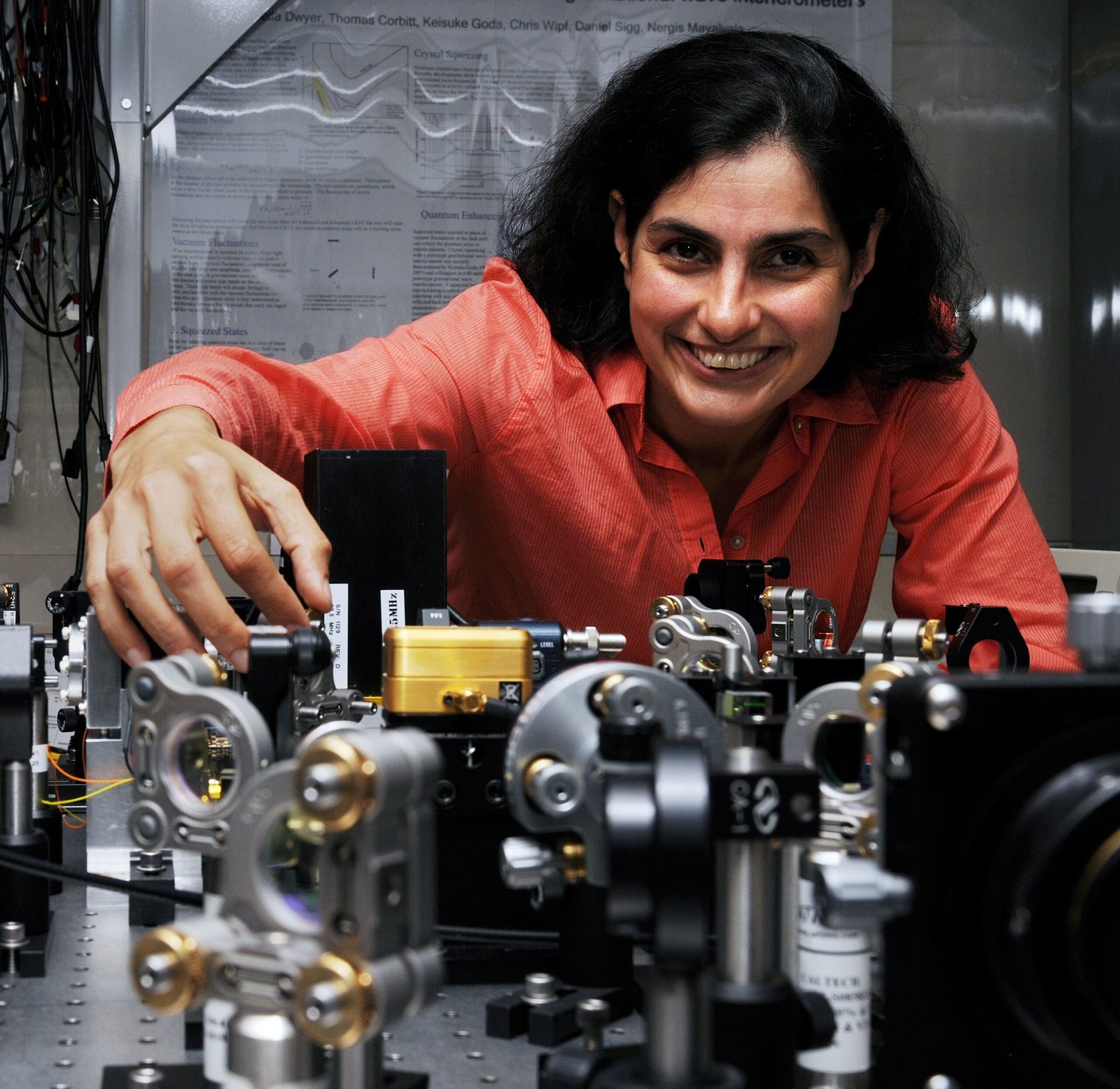
The impacts of gender bias and discrimination are even greater when a woman holds the identity of mother or primary caregiver for another family member. The biotech industry’s notorious demands for extensive travel and inflexible schedules hit women particularly hard. It must also be said that the biotech world is notorious for its lack of work-life balance and outdated insistence on frequent travel (sometimes as much as 75% to 100% for medical-director positions and above), even after many other industries seem to have taken the work-from-home lessons of the COVID-19 pandemic to heart. It’s as if the industry decided that having a family and being a serious scientist are mutually exclusive, forcing women to choose between their biological capabilities and their professional aspirations.
The Intersectionality Challenge: When Gender Bias Meets Racial Discrimination

Women who hold a non-white racial identity sometimes experience even more extreme forms of workplace bias and discrimination, including having to rise to higher hiring and workplace performance requirements than their white male and female coworkers, being paid lower salaries than their white male and female coworkers, having to assert their rightful status within the workplace more often than their white male and female coworkers, and experiencing less support from women co-workers than white women. Joan Williams, Katherine Phillips, and Erika Hall published a study that examined the prevalence of gender bias among women of color in the workplace. It’s like being asked to run a race where you start behind the starting line, carry extra weight, and have to jump over additional hurdles that other runners don’t even see.
The Stereotype Threat: How Expectations Become Self-Fulfilling Prophecies

Nevertheless, the stereotype of women’s inferior performance on every mathematics-related task is pervasive. This stereotype can lead to a decreased demand for women in STEM fields and/or a reduction in the number of women choosing to specialize in these fields. When brilliant women are constantly told they’re not as good at math or science, some start to believe it themselves. Surprisingly, women and men hold similarly strong implicit gender-STEM stereotypes. It’s like a psychological virus that infects everyone, including the very people it’s designed to harm, creating a self-perpetuating cycle of exclusion and underachievement.
The Role Model Deficit: Why Representation Matters More Than You Think
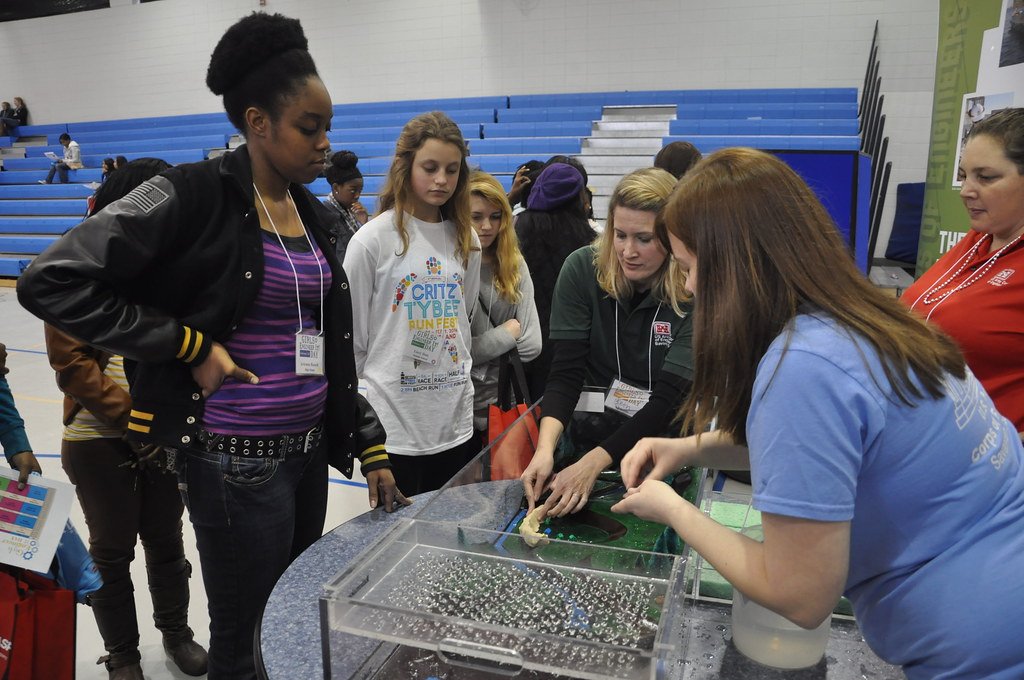
Gender stereotypes also shape career ambitions. When asked to draw a scientist or mathematician, girls drew a man twice as often as they did a woman, and boys almost always drew a man. As a result of these social and cultural factors, girls typically begin opting out of STEM courses at an early age, despite being just as capable of thriving in STEM careers as their male peers. Children’s career aspirations are shaped by what they see around them, and if they never see someone who looks like them succeeding in a field, they assume it’s not for them. These stereotypes emerge in childhood, with recent evidence demonstrating that children between three- and five-years-old show less support for counter-stereotypical STEM career choices (e.g., a girl who wanted to be an engineer). Similarly, using both implicit and explicit stereotype measures, six- to ten-year-old children have been shown to hold the stereotype that math is for boys.
The Women’s Health Gap: When Innovation Ignores Half the Population
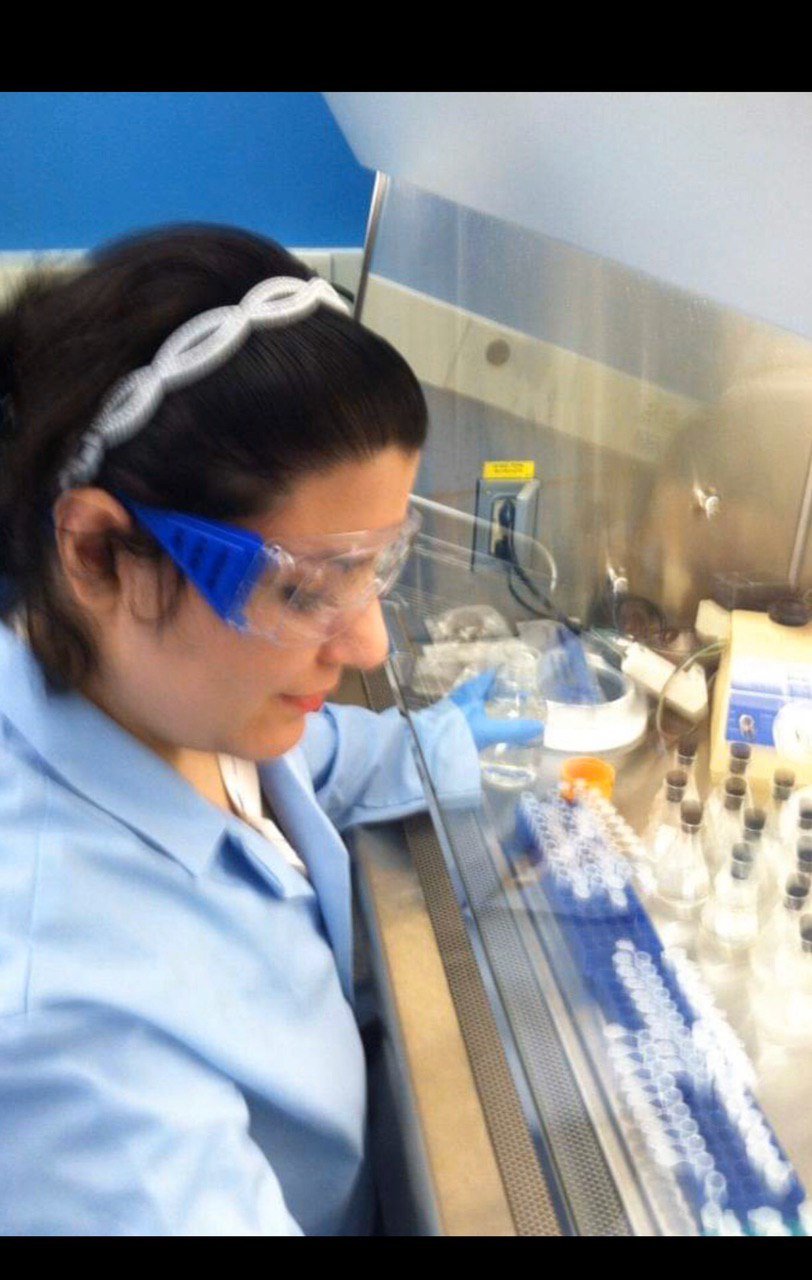
Even in wealthy nations, research and development for women’s health is woefully underfunded. While women are half the world’s population, only 1% of health care research spending goes toward female-specific conditions not related to cancer. This profound gender gap has a significant impact on women’s health and well-being, especially in light of the many extraordinary scientific and technological advances in other areas of health care. In 2020, only 5% of global research and development (R&D) funding was allocated to women’s health research. This was split into 4% for women’s cancers and 1% for all other women-specific health conditions, with 25% of that further limited to fertility research. It’s like having a medical system that treats half the population as an afterthought, despite the fact that women live longer, use healthcare services more frequently, and make most healthcare decisions for their families.
The Investment Paradox: Why Women’s Health Startups Struggle for Funding

Women’s health represented just 2% of the $41.2 billion in venture funding that went to health innovators (in all categories, including health care services, health care technology systems, pharmaceuticals and biotechnology, and medtech companies) in 2023, according to our analysis of PitchBook data. Yet investment in women’s health startups is measured in millions of dollars, not billions, and less than 5 percent or so of venture capital investment goes to women-led companies. This is particularly absurd when you consider that women are spending nearly 30% more per capita than men on healthcare, with a combined purchasing power of $20 trillion per year. It’s like ignoring your biggest customer base because you don’t think they’re worth paying attention to.
The AI Bias Amplification: How Technology Perpetuates Old Problems
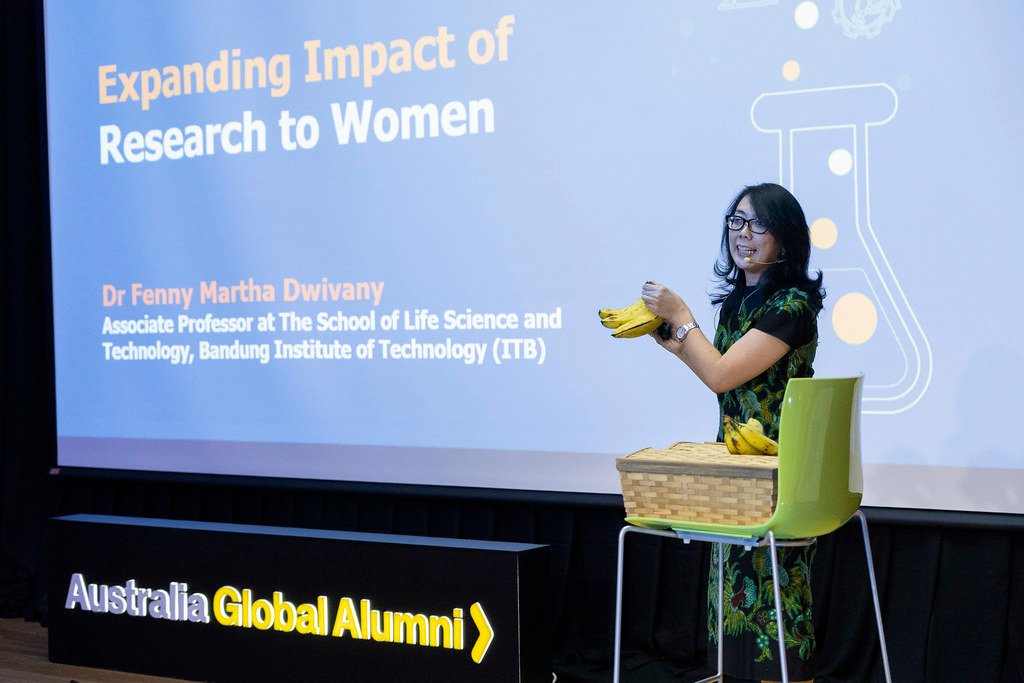
Artificial intelligence (AI) is transforming our world—but when it reflects existing biases, it can reinforce discrimination against women and girls. From hiring decisions to healthcare diagnoses, AI systems can amplify gender inequalities when trained on biased data. As biotech increasingly relies on AI for drug discovery, clinical trial design, and patient matching, these systems are learning from decades of biased data. Though many look at AI development with excitement, concerns over accurate and accessible training data, fairness and bias, lack of regulatory oversight, impact on academia, scholarly research and publishing, hallucinations in large language models, and even concerns over infodemic threats to public health are being discussed. It’s like teaching a computer to be prejudiced and then wondering why it keeps making unfair decisions.
The FemTech Revolution: How Women Are Fighting Back

Outside of academia, the FemTech industry is emerging as a key player in biotech and health innovation. With about 70% of FemTech companies founded or co-founded by women, this sector drives the development of healthcare solutions tailored to women’s needs. Total VC dollars going to women’s health more than tripled between 2019 and 2024, outpacing healthcare as a whole. This level of growth is spurred by new data and research showing how various health conditions affect women differently, leading to new treatments and medical applications. It’s like watching a dam break—all that pent-up innovation and expertise is finally finding a way to flow, creating solutions that should have existed decades ago.
The Research Team Effect: Why Diversity Drives Better Outcomes

All-female research teams are 35% more likely to develop medical treatments which serve women’s needs, compared to all-male research teams. This isn’t about political correctness—it’s about scientific effectiveness. When you have diverse perspectives around the table, you ask different questions, notice different patterns, and come up with solutions that wouldn’t occur to a homogeneous group. Organisations identified as more diverse and inclusive are 35% more likely to outperform their competitors. It’s like having a orchestra where everyone plays the same instrument versus one where different instruments create a richer, more complex sound.
The Global Perspective: How Different Countries Are Addressing Gender Bias

First, the more men majoring in a STEM field express the implicit men = science/women = arts stereotype, the lower the number of women in that field. Second, the more a nation expresses the implicit men = science/women = arts stereotype, the lower the number of women in STEM in that nation. This shows that gender bias in biotech isn’t just an individual problem—it’s a cultural and societal issue that varies dramatically from country to country. Encouragingly, in Africa, the share of women-led health tech investments rose from 1.4% to 31% between 2022 and 2023. Some countries are making remarkable progress while others lag behind, proving that change is possible when there’s will and commitment to make it happen.
The Success Stories: Women Who Are Changing Biotech Despite the Odds
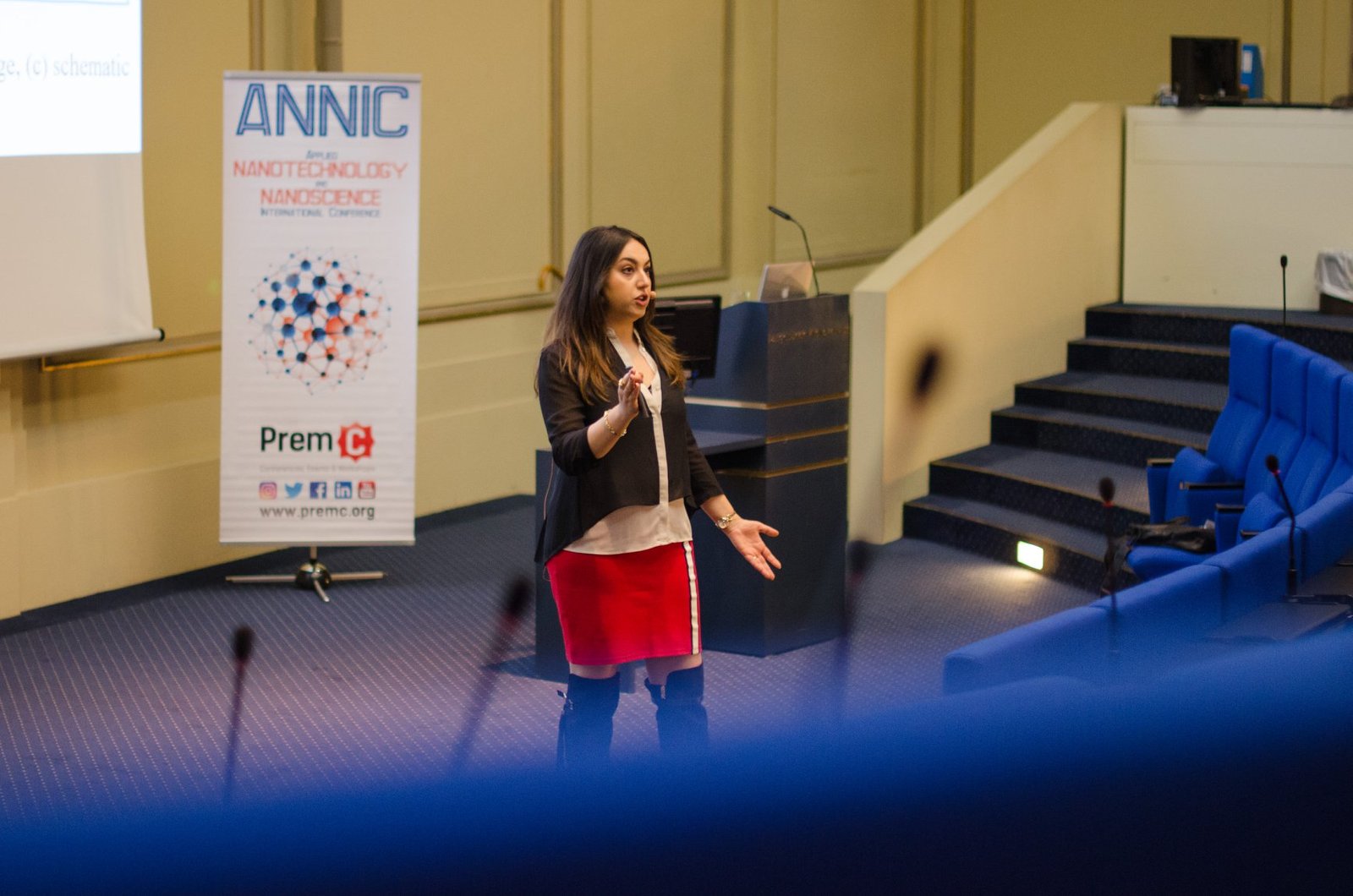
As Nanoscope Therapeutics CEO Sulagna Bhattacharya (an accomplished physician in her own right) explained, “BioNTech, co-founded by Özlem Türeci, M.D., developed the first approved vaccine, which is based on new technology involving mRNA. Kizzmekia Corbett, Ph.D., a scientist with the National Institutes of Health, was key to the development of the Moderna mRNA vaccine. And Anika Chebrolu, a 14-year-old Texas eighth grader, won




